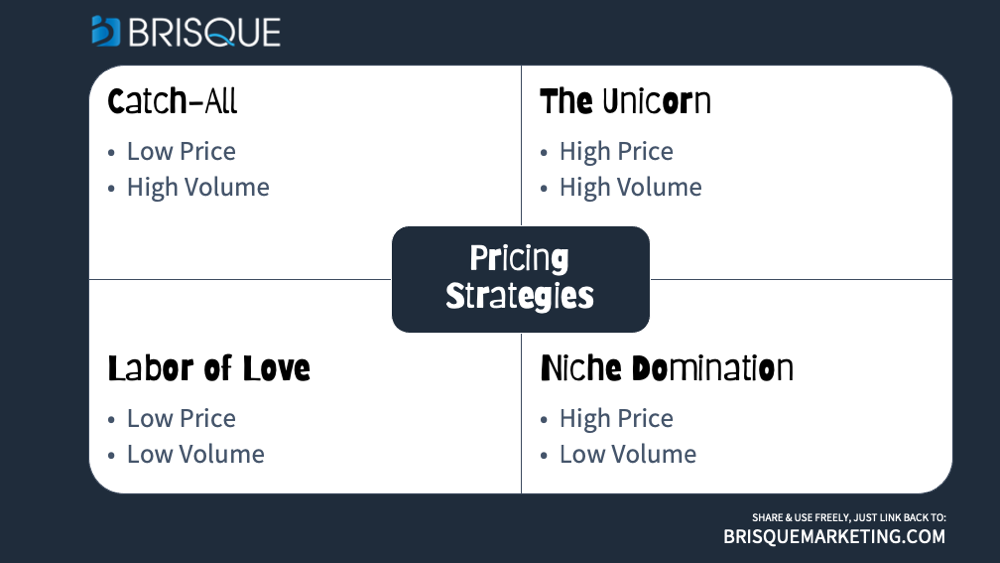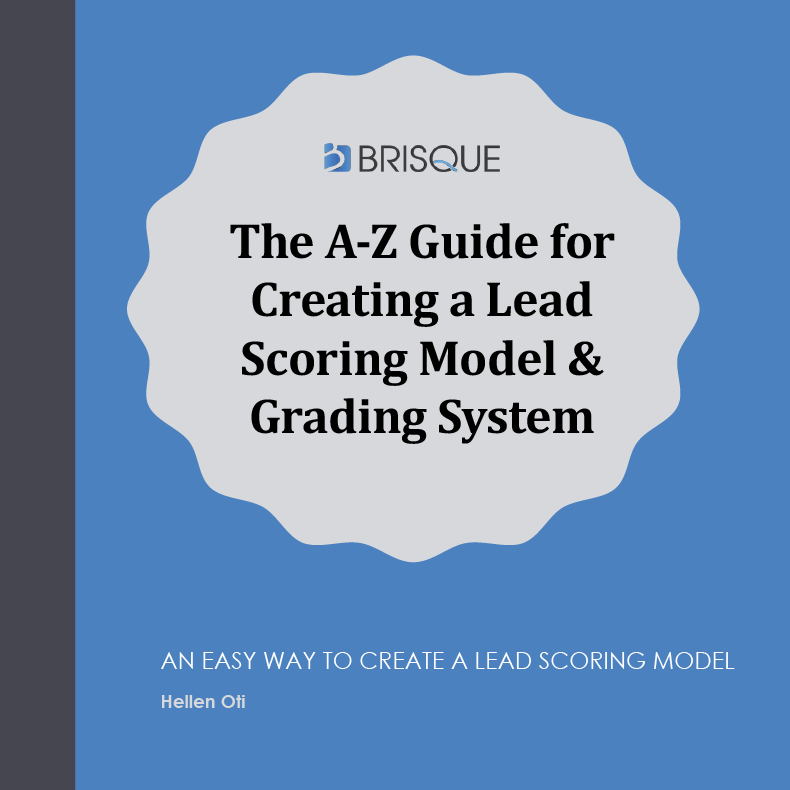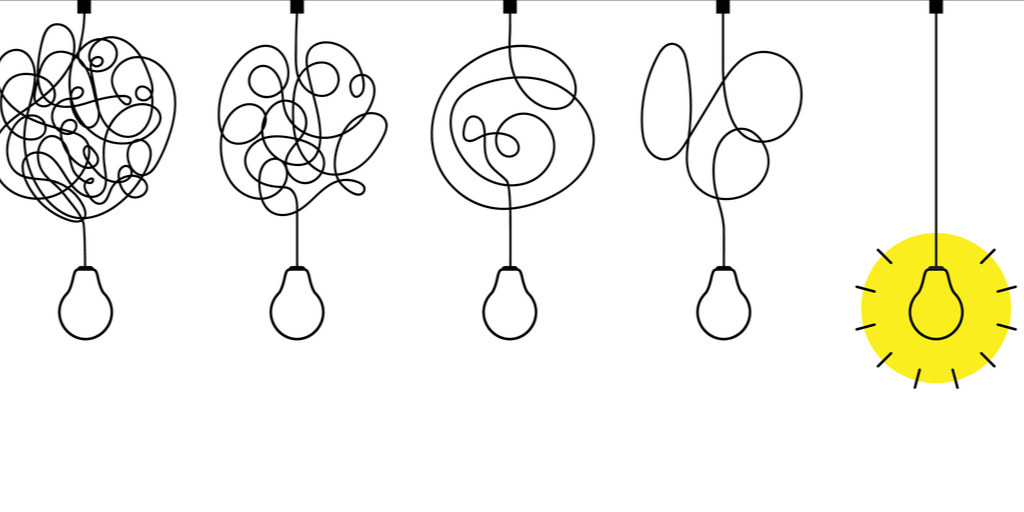You may think that your biggest marketing challenge is not having a big marketing budget. However, the truth is, money often isn’t the problem with most marketing initiatives.
Even with a smaller marketing budget, if your marketing is targeted at the right people and has the right type of messaging that resonates with your audience, you are sure to make some headway.
As a company facing a marketing problem, it helps to understand the type of marketing challenge you have, to help you know how to fix it.
There are Four Main Marketing Challenge Types or Categories
1. Necessity Challenge
When your marketing problem is because there isn’t a need for your product, this can be the biggest challenge to overcome.
In most cases, the only way to overcome this challenge is to pivot to something else.
A way to avoid this type of marketing challenge is to ensure that you always validate your product hypothesis with real data—conduct market research to determine if your solution is a pain worth solving.
That is, are there enough people willing to pay for that product?
If you didn’t conduct the market research needed and are now facing the necessity challenge after selling your product, all is not lost.
You can still run the study.
In this research, what you want to find out from customers is the real problems they are currently solving in another way. When you discover what that thing is, you may be able to tweak your product to meet that demand quickly, or you may need to abandon your original idea altogether.
The most important thing here is to act fast and make decisions swiftly. The longer you wait, the more resources you’d have to use trying to market something that doesn’t have a vast market.
2. Demand Challenge
So, we covered the necessity challenge.
However, what if you have a product that has a need, but you just don’t have enough eyeballs on the product?
That means that you have a demand challenge.
You are not able to create enough pull-through demand to get people interested in your product to buy your product from you.
For most businesses who have been able to validate their product’s need, the demand challenge is often one of the biggest ones.
You’ll know if you have a demand challenge if you have many repeat customers who love your product but not enough volume.
However, there is a caveat to this!
It only applies if you are going after a market that is not so niche that you may have already captured the market share that you can gain.
If your goal is to create significant demand and volume, always use your market research to ensure market demand.
The demand challenge also often denotes that you need to invest in brand awareness marketing to get people to know about your company and products.
Having a brand strategy is critical in this case.
How do you solve the demand marketing challenge?
Demand marketing challenges are often a lot easier to resolve than necessity marketing challenges.
With demand marketing problems, the company often needs to invest in more of the right kind of marketing. What I mean by the right type of marketing is marketing that has a well-thought-out data-driven marketing strategy behind it.
Don’t just dive into action and start spending on marketing just because you want to generate demand.
I’ve seen many businesses burn through their marketing dollars as a result of this.
Here’s a typical example that I see.
A company starts advertising because they believe that they need to promote visibility. They spend a lot of money on advertising and then don’t see the results they are looking for.
Why do you think this happens?
Because spending money on advertising is the easy part of advertising. The strategy behind it (what you are advertising, the content, the messaging, who you target), that’s what makes the difference.
I often advise businesses to first test out marketing initiatives organically to discover what works, before spending money advertising. Smart advertising is when you are amplifying the reach of something that you know already works.
Key takeaway: Invest in creating a tailored, targeted strategy for your specific business. It may take a little bit more time, but it beats wasting your advertising dollars without a strategy behind it.
3. Brand or Product Positioning Challenge
A brand or product positioning challenge is a challenge similar to the demand challenge but is somewhat different.
In the positioning challenge scenario, you may create demand and have customers willing to go through a sales cycle with you but end up going with a similar competitor even if you were the better option.
When that happens, that means that you have a brand positioning marketing challenge. A brand positioning marketing challenge implies that target customers can not differentiate your brand enough to tell what’s unique about your business.
When customers can’t tell the difference between your solution and that of your competitor, they could decide to go with a competitor with a better brand recognition since they might appear to be the “safer choice.”
How do you solve the brand positioning challenge?
Brand positioning challenge is one of those challenges that you have to roll up your sleeves and dig in!
If you have a brand positioning challenge, it’s time for the dreaded (or loved), depending on who you are talking to – rebranding.
Unfortunately, there is no way around this.
I see many businesses trying to find workarounds to spending the time to reevaluate their brand strategy just because they feel like it’s too much work.
Additionally, sometimes the longer a business has been in existence, they feel like they’ve already created a brand and don’t need to go through a brand strategy creation exercise.
The reality, however, is that every business should be conducting regular brand perception analysis studies to ensure that they are consistently creating the brand experience that they’d like to create in the marketplace.
Your intended brand experience doesn’t just happen just because you keep operating. It happens if you are intentional about it.
In the Brisque brand strategy creation process, we rely heavily on customer data. If you don’t have customers, you can use industry data to determine how you should position yourself.
It’s critical to base your brand positioning on your current or target customers’ information if your goal is to create a better connection.
As you conduct your customer research, here’s what you should look to discover:
- What problem was your customer experiencing that led to your product?
- What made your customer select your product?
- Why does your customer keep using your product?
Here’s a Bonus! These questions are also the questions that you need to create a customer case study or success story. Simply add a checkbox at the end of your survey asking to feature the customer on your website.
Always think differently!
As you look to create a new brand position, do not copy what your competitor is doing. Here’s the deal: if you want to stand out, you can’t do that by copying your competitor.
It doesn’t matter how long they’ve been in the industry. You have to trust yourself, your product, and what you have to offer enough to create your unique voice, identity, and story, even if it strays away from what many of your competitors are doing.
Focus your competitor research on finding out your competitors blind spots and not figuring out how you can similarly position yourself.
Questions to answer with your competitor research:
- Are there any industry reviews about your competitor’s solution that mentions things that customers wished your competitor did?
- Are they targeting a specific market and ignoring another potential need?
Refrain from asking your marketing teams to come up with similar campaigns to what your competitors are doing. It’s not going to help with differentiating your product or business.
4. Pricing Challenge
Sometimes, when it’s all said and done. You may have a marketing challenge just because of how you price your product.
There is a reason why price is part of the 4Ps of marketing.
If you don’t price your product right, there might be a need or demand for your product, but you may not gain enough customers (if priced too high), or you may gain a lot of customers but still not meet your growth goals (if priced too low).
See the pricing strategy illustration below for reference.

How to figure out the right type of pricing model
There isn’t a magic way to do this.
You have to experiment with different pricing structures to find what’s profitable.
Remember that there is psychology to pricing. As a result, a $10 difference in price, no matter how minute, can sometimes be the tipping scale.
So, test different prices and different models.
You may end up with a profitable price range to help you go up and down as needed. For businesses with products that you can try first, test a model where you offer free trials or free samples to see if it’s worth it.
The humanized approach to solving your marketing challenges
As you play detective and investigate your marketing challenges, remember that you are first and foremost marketing to people.
People’s needs and wants evolve.
The only way you can be at the forefront of continually providing products that customers see as a necessity, create demand, and get enough people to pay is to focus on listening.
Listen first to what the marketplace is saying.
Invest the time in the research. Do not make assumptions about your customers no matter how long you’ve worked with them.
Your customer data will tell you all that you need to know, and you’ll make amazing discoveries that you may have overlooked otherwise.
In the end, the only people that matter are your customers.









